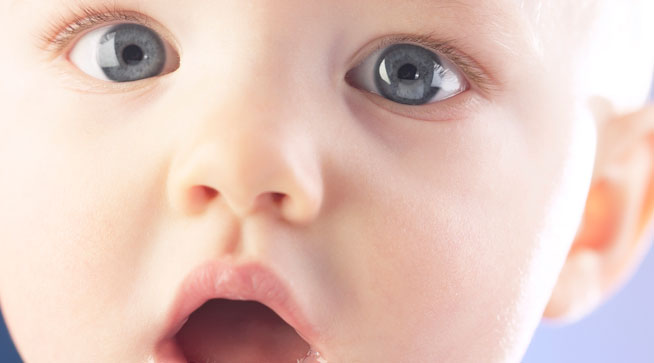Hold out your hand
Being able to show our emotions in therapy is a powerful way to aid the healing process, says David Servan-Schreiber

Have you ever gazed into the eyes of a newborn baby? If you have, you probably smiled tenderly or burbled some baby talk.
As part of an experiment conducted by Mary Ainsworth at Virginia University, adults were asked to look into the eyes of babies just a few weeks old without showing any emotion. The babies’ initial curiosity turned very quickly to anxiety and after 90 seconds, if the adult continued to withhold any reaction or communication, to outright distress.
It is well known that the mammal brain, particularly in humans, requires a constant exchange of signals, an emotional give-and-take, for its early development. Daniel J Siegel, a researcher and psychotherapist at the University of California, calls the study of this kind of exchange ‘interpersonal neurobiology’.
A child who is ignored or misunderstood, or receives strange signals will immediately experience distress. If this unhealthy form of communication persists, the child will develop fragile self-esteem, even a sense of shame.
Psychotherapists have long understood this. Healing takes effect through the patient–therapist relationship, which acts on the neural pathways in the same way as the infant’s formative exchanges. This is known as the corrective emotional experience.
For a long time, the established practice for psychoanalysts was to remain as silent and as neutral as possible in their sessions with patients, and not to respond to their need for comfort. The practice of sitting behind the patient reinforced this sense of distance. And just like the young baby looking into an expressionless face, patients’ most common complaint about their psychoanalysts has always been ‘he hardly talks to me’.
When I lived in the USA, I spent eight years in analysis with a woman who later became president of the American Psychoanalytic Association. For the first four years, we followed the protocol of maintaining a distance between us. Then one day, in the middle of a session, I remembered a moment of acute sadness in my childhood, a moment when no one had been able to comfort me. At that moment, I needed my analyst to correct my past, to hold my hand. Yet, sitting behind me, she did nothing. I was, of course, aware that the rules of analysis didn’t allow physical contact.
Despite this, and despite my fear of being rejected a second time, I held out my hand behind me and asked her to take it. After a long silence there was a rustle of movement and I felt her take my hand. As she did so, all my childhood pain surged up inside me, and I started sobbing. I had never cried like that in my life before, and those tears did me a lot of good.
Fifteen years later, I received an email from this same analyst whom I hadn’t seen for years. She had read one of my articles and was wondering how I was doing. She added that we can’t always control the process of therapy and that her strongest memory of our sessions was the time we had held hands. In the end it was the sincerity of that relationship that counted for more than all the theories put together.
And in that heartfelt exchange, like a newborn baby, I had grown.
Photograph: Hemera Technologies






